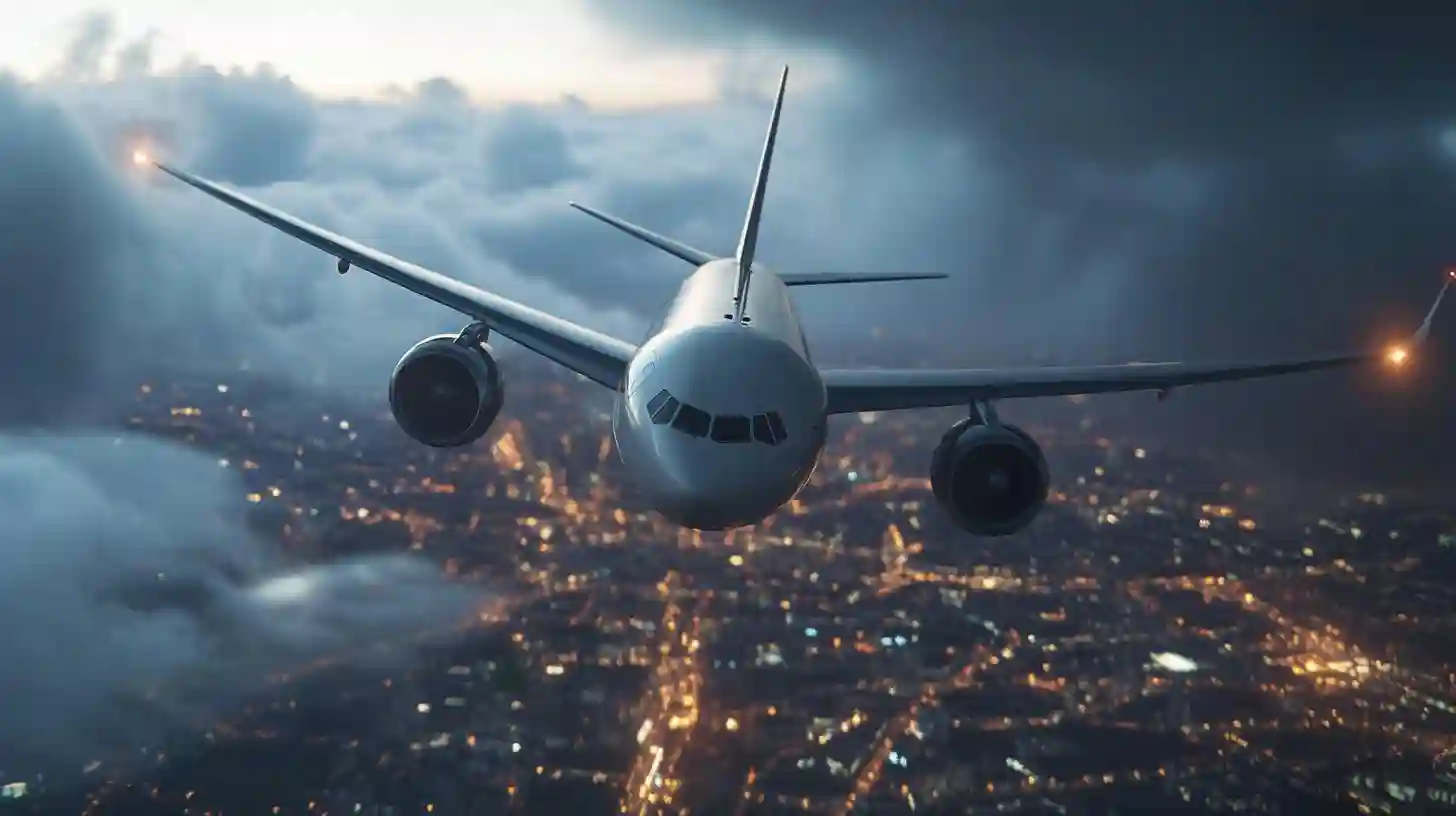
The marvel of flight continues to captivate humanity, and understanding how planes soar through the skies brings clarity to an age-old question. At the intersection of technology and physics lies the explanation of how these impressive machines manage to levitate, navigate, and arrive at their destinations with remarkable precision.
The fundamental principles of flight can be encapsulated in four forces: lift, weight, thrust, and drag. Lift acts in an upward direction and allows a plane to rise off the ground, while weight pulls it down due to gravity. Thrust is generated by engines and propels the aircraft forward, whereas drag opposes this thrust and resists the aircraft's movement through the air. The interplay of these forces is a delicate balance that must be maintained to achieve stable flight.
To generate lift, the wings of the airplane are critically designed with an airfoil shape. As a plane moves forward, air flows over and under its wings. The unique curvature of the wings causes the air pressure to be lower above the wing and higher underneath it. This pressure differential creates an upward force, allowing the plane to ascend. The angle at which the wings meet the oncoming airflow, known as the angle of attack, is another crucial factor that influences lift. A higher angle of attack typically generates more lift, but if increased too much, it can lead to a stall, where the wings can no longer generate sufficient lift to keep the plane airborne.
The plane's weight is determined by its structure, the materials used in construction, and the cargo it carries. Engineers carefully calculate the optimal weight to ensure that the aircraft can lift off the ground and reach cruising altitude. Lightweight materials like aluminum and composite materials are often employed to reduce weight without sacrificing strength, allowing for greater efficiency and performance.
Thrust, the forward force that powers the aircraft, is typically produced by jet engines or propellers. Jet engines operate on the principle of Newton's Third Law, which states that for every action, there is an equal and opposite reaction. By expelling air backwards at high speed, the engine propels the aircraft forward. Different types of engines provide various advantages; for instance, turbojets are suited for high-speed flight, while turboprops are more efficient at lower speeds and are often found on smaller regional aircraft.
Air resistance, or drag, works against the motion of the plane. It has two main components: parasite drag, caused by the airplane's profile and surface friction, and induced drag, which is generated by the lift itself. Engineers strive to minimize drag through streamlined designs, smooth surfaces, and retractable landing gear. These design enhancements contribute to better fuel efficiency and improved speed.
The integration of advanced technology has significantly evolved the aviation industry. Fly-by-wire systems replace traditional mechanical controls with electronic interfaces, enhancing the aircraft's responsiveness and safety. These systems use sensors and computerized systems to interpret pilot commands, adjusting control surfaces with precision. This level of automation allows pilots to focus more on managing other flight operations, leading to greater efficiency and safety in the cockpit.
Modern aircraft are also equipped with a myriad of navigational aids and communication systems that enhance safety and operational efficiency. Global Positioning System technology provides precise location tracking, while radar systems enhance situational awareness during both flight and landing phases. Cockpits are now outfitted with advanced avionics that allow for real-time data assessment, enabling pilots to make informed decisions quickly.
The principles governing flight are not just limited to commercial airliners; they apply to various types of aircraft, including private planes, cargo carriers, and military jets. Each aircraft is designed with specific operational capabilities, tailored to meet the demands of its intended purpose. For instance, military jets emphasize speed and agility, while cargo planes prioritize carrying capacity.
As aircraft continue to evolve, innovations in aerodynamic design and materials are leading to the development of more fuel-efficient and environmentally friendly airplanes. Research into hybrid electric propulsion, for example, is making strides toward reducing carbon emissions and promoting sustainable aviation.
Understanding the complex interplay of forces, technology, and innovation involved in aviation opens up a world of wonder. The combination of science and engineering has transformed how we view travel and connectivity, bridging vast distances in mere hours and connecting cultures across the globe. The quest for flight symbolizes the relentless human spirit of exploration and discovery, constantly pushing the boundaries of what is possible in the skies.